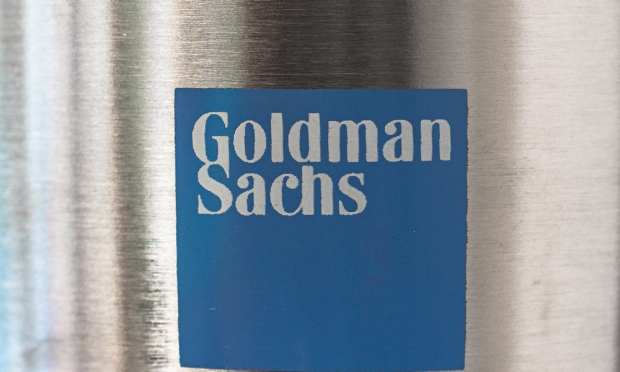Goldman Eyes FinTech As Investment — And As Strategy

Goldman Sachs as FinTech player?
Goldman Sachs has been around since 1869, and may exist in the mind’s eye with pile carpeting, wood paneling and being among the more entrenched players in traditional wealth management and on Wall Street.
The digital age is upon us, though, and the bank is proving nimbler than perhaps some might think.
News came Wednesday (Jan. 16) that growth in Marcus continues apace, and that the online lending and savings offering had logged $35 billion in deposits last year, with growth logged dually in the U.S. and the U.K., and where the company is making inroads into a wider client base. Call it FinTech for the masses, done with higher rates on savings than might be seen elsewhere, and where those rates are going higher by several basis points, starting, well … now.
Add to that the announcement that Capify, an alternative lending provider focused on small businesses in Australia and the U.K., has scored a $95 million credit facility from Goldman, and it seems the cash advance market is catching the attention of the company, too.
Uber? Well, Goldman made a profit by selling at least part of its stake in that ride-hailing firm, as noted on a post-earnings discussion during a conference with analysts. The exact amount is not known, but the segment in which that sale would be recorded contributed about $1 billion in revenue in the quarter.
Marcus grabbed some of the initial headlines in the wake of Wednesday’s earnings call, but beyond the consumer, observers got a glimpse of how the company views financial technology in the service of corporate clients. The end goal would be to speed and streamline the ways these clients transact and do business with other firms, especially on a global stage.
As CEO David Solomon said in reference to an ongoing review of the fixed income, currency and commodities division (commonly known as FICC), the company is training its sights on cash management Keep in mind that FICC, for the full year 2018, contributed $5.9 billion, which grew 11 percent year on year.
“Cash management,” the CEO said on the call, “presents a logical area for us, given the breadth of our corporate relationships, and the size of that wallet,” which points to revenue possibilities. As he went on to state, “the pace of technological change in the payments space gives us confidence that this is an appropriate time for us to address this opportunity.”
The company is six months into what Solomon termed a “six year build” in cash management tech operations, and Goldman is on track to become the first corporate to use (its own) cash management platform beginning this year, with a launch planned for next year to embrace use from other firms. CFO Stephen Scherr said that the company has picked up 65 basis points of “wallet share” to a current 12 percent since 2016 from its institutional clients, and revenues in its FICC electronic business were up 40 percent year on year.
Later, speaking generally about treasury services, Scherr told an analyst that “I’d also say that what we perceived was a pain point among corporate treasuries that the technology and the platforms they were working with were underwhelming. And what’s more, if you look at what banks have been paying on operational deposits, it’s been de minimis. And so from our perspective, this is something where with a clean sheet of paper, we can build the technology, we can design it, edge your way to address those pain points.” In other words, revenue and stickier relationships would be in the offing for Goldman.
The goal, too, is to serve consumers in investments and wealth management. Solomon pointed to the endeavor to evolve offerings from a single product to a multi-product platform. By way of example there is the continued uptake of Clarity Money, which is the personal finance startup that was folded into Marcus earlier in the year, and where Goldman seeks to include a “multi-tiered mass affluent digital wealth offering, which is currently in development.”
This all takes place against a backdrop where, despite a slowdown in global growth amid China-U.S. trade wars, Brexit, and a change in heretofore easy monetary policy, corporations and individuals are in need of active transaction execution and financial services, as executives said on the call.
Per remarks on the call, the amount that Goldman is bringing to these efforts has been and will be in the hundreds of millions of dollars. Management stated on the call that as much as $892 million had been spent on “the different projects” that are tied to the aforementioned initiatives. All of this takes place where the banks have moved from 50 percent of revenues tied to fee-based and recurring structures only five years ago to 60 percent today.
